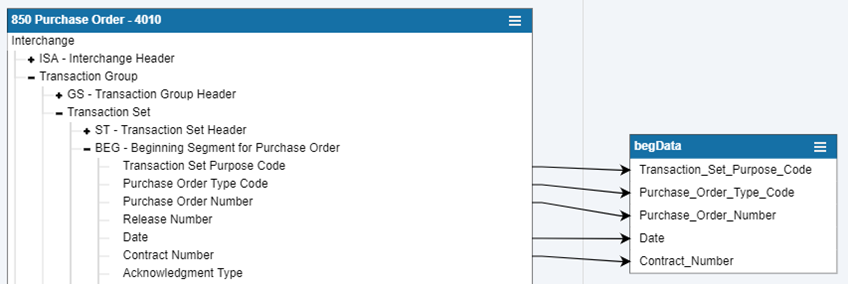Generic Systems Australia
Electronic Data Interchange (EDI) File Translation
WHAT IS EDI? YOUR COMPLETE GUIDE
Electronic Data Interchange (EDI) is a flat file format that trading partners can use to securely send and receive business transactions or files across worldwide organizations.
What is EDI?

EDI, which stands for Electronic Data Interchange, is a flat file format used by B2B trading partners. Today, many organizations satisfy EDI file requirements with a mix of:
- Written scripts
- Homegrown tools
- Single-use PC applications
- Manual processes, like email, mail, and fax
While these methods still let businesses receive files, translate them to or from EDI X12 formats, and move them to other applications or servers for storage or processing, they can be time-consuming to maintain and difficult to integrate.
How EDI Works: B2B Trading Partners
Both parties must agree on a transaction set before files are exchanged. Each transaction set corresponds with a number and type of document. For example, 850 is a transaction set for purchase orders, so all files under 850 must be purchase orders and follow standard EDI file formatting.
Who Uses EDI?
EDI is frequently used to send and receive everyday transactional files, like purchase orders and invoices, but it’s commonly employed in industries that require easy-to-follow audit trails, including:
- Banking and finance organizations
- Technology businesses
- Retail stores
- Healthcare organizations
- Higher education
Industry-specific requirements also call for and benefit from EDI formats. While retail and logistics, alongside healthcare, often exchange EDI-compliant documents, higher education and technology find EDI useful as well. With over 300 types of transaction sets, chances are there’s an EDI file format that will meet your requirements.
What are the Benefits of EDI?
Using EDI to replace email, fax, and mail communications can save organizations time and money. Rather than relying on manual back-and-forth exchanges, automating data transfers with EDI can reduce time spent waiting on paper missives or manually entered information.
EDI provides real-time visibility into transfer statuses – no more checking for mail, deciphering illegible handwriting, or sifting through email chains. Because EDI is built on standardized data structures, many EDI software solutions facilitate translation to and from EDI, helping map each data point to its correct place. With an EDI software solution, you can move directly to the next step in your process rather than doing manual data entry.
Why Use GoAnywhere for Your EDI File Translation?
With GoAnywhere’s built-in EDI features, you can customize and centralize your encryption and data translation right in the product. This all-in-one approach can help you save the time and costs that are traditionally required to hard-code data maps. GoAnywhere’s other features for encryption, automation, and reporting work alongside EDI file translation to ensure your data is protected and streamlined 100% of the time.
With GoAnywhere’s partner management system, you can filter connections (components, resources, audit logs) coming from a specified location or source. This PartnerInfo function helps to identify all transactions and related activity by individual trading partners.
